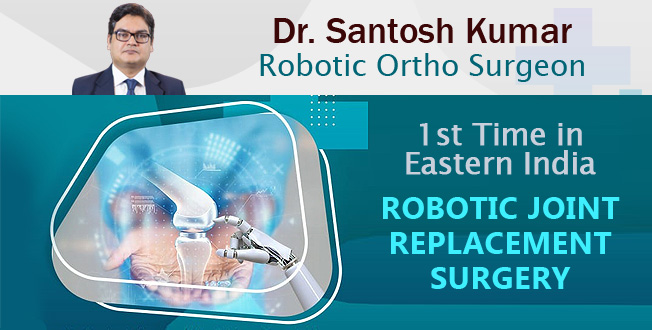



ACL i.e Anterior Cruciate Ligament is a ligament joining the leg bone to the thigh bone. It is located inside the center of the knee joint.
The ACL is composed of densely organized, fibrous collagenous connective tissue that attaches the femur to the tibia.


It can be torn in sports, falls, two wheeler accidents.
A twisting injury to the knee is the commonest mechanism of ACL injury. It occurs when the leg is planted on the ground and the thigh rotates inwards.
Another mechanism is when the knee turns forward excessively.
A sudden stop, twist.
Extreme hyperextension.
Direct contact.
Hear a "pop" from inside the knee.
Feel the knee give away at the time of injury.
Severe pain can not continue play.
There is immediate swelling as shown below.
Pain may accompany.
The knee may feel loose.
Bruising may be present.
Grade I
A mild injury that causes only microscopic tears in the ACL. Although these tiny tears may stretch the ligament out of shape, they do not affect the overall ability of the knee joint to support your weight.
Grade II
A moderate injury in which the ACL is partially torn. The knee can be somewhat unstable and can "give away" periodically when you stand or walk.
Grade III
A severe injury in which the ACL is completely torn through and the knee feels very unstable.
Most ACL injuries are severe Grade III 10% - 28% being either Grade I or Grade II.

With the menisci (50 %)
With articular cartilage (30 %),
With collateral ligaments (30%),
In football players and skiers, consists of injuries to the ACL, the MCL and the medial meniscus.
The knee feels unstable and may give away repeatedly while coming downstairs or running
Damage can result to the cartilages and menisci within the knee
Early osteo-arthritis may set in.
High-risk sports like : football, baseball, soccer, skiing, and basketball
Females at more risk than male
Certain types of Footwear
Inspection: -immediate effusion >> intra-articular trauma.
Assess ROM: Lack of complete extension.
Palpation: Any meniscus or collateral tears or sprain.

Laboratory Studies
Imaging Studies
Other Tests
If the patient has repeated symptoms, then surgical reconstruction is the best form of treatment.
Non operative treatment may be indicated in older patients.
Surgical treatment is known as ACL reconstruction.
Immediately after injury
R.I.C.E (Rest Ice Compression Elevation)
Non surgical treatment
Exercise (after swelling decreases and weight-bearing progresses)
Braces
Surgical treatment
A piece of tissue either taken from your own body or a cadaver is used to reconstruct the ACL.
It is commonly done through key hole surgery to prepare and position the tissue (graft)
The procedure is a day care procedure
The patient follows the physical therapy program

Autograft
– Patellar tendon
– Hamstring tendon
– Quadriceps tendon
Allograft (from a cadaver)
– Patellar tendon,
– Achilles tendon,
– Semitendinosus,
– Gracilis, or posterior tibialis tendon
You should be able to go home the same day or the day after.
It takes six months to recover sufficiently to return to running.
And one year to return to sports.